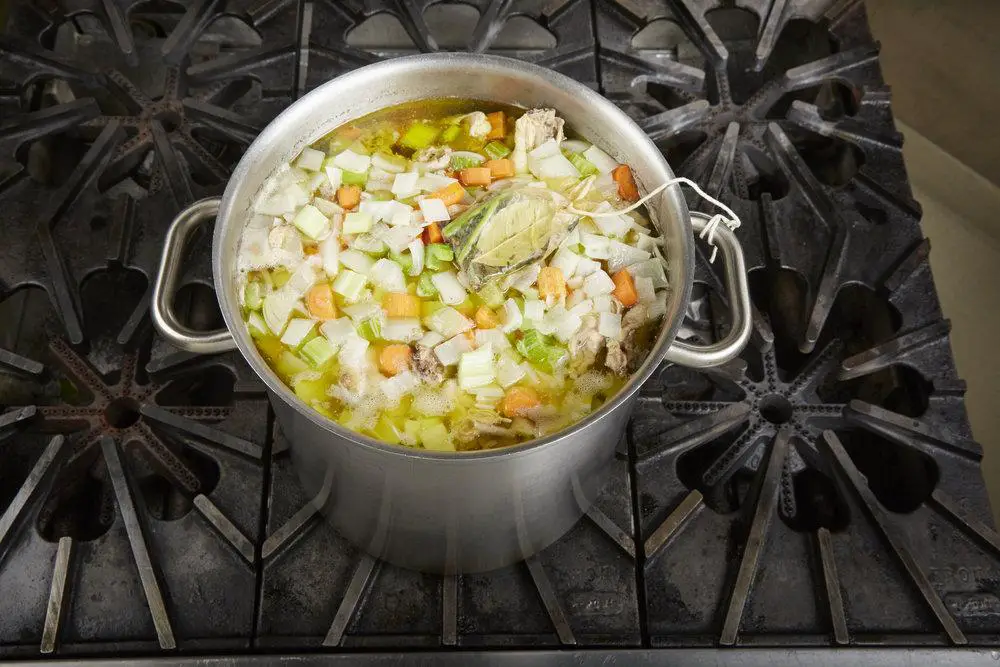Blog
Selection of an Egg
Selection criteria of an egg are as follows:
- A fresh egg is heavy. As the egg gets older it loses water through the shell making air pocket larger so the older the egg, the lighter it will be.
- One way of judging the quality is by observing the condition of the shell. When the egg is freshly laid the shell is covered with a substance called bloom. This coating disappears with time. So the egg may be considered fresh if the bloom is there.
- One can determine the freshness of an egg by shaking it.
- Another is to break an egg on to the plate if the yolk is compact and positioned in the center, the egg is fresh if the egg is old, the yolk has the tendency to spread.
- The freshness of an egg can also be tested by holding it up to the light this process is known as candling. Holding the egg in front of the light, an air chamber indicates a fresh egg.
- It is easy to test the freshness of an egg by plunging into the water. The fresh egg will settle in the bottom of the glass and if the egg is stale it will float to the surface water.
- Stale eggs will have an unpleasant odor.
- Check for the crack in the shell which could let bacteria in and contaminate the egg.
About Amit Kumar
Hii! Welcome to My digital home, I am Amit – an almost no-code generalist, helping businesses with their online presence using WordPress and other tools and simplifying some of their operations with ideas and automation. A psychology and philosophy geek by interest and a graduate in Hospitality Management. I founded hmhelp during college, which got me into WordPress. I am a highly motivated and results-oriented professional with a proven track record of success in the hospitality industry. I’m also a Digital Marketing Enthusiast with significant academic and practical experience managing digital content across multiple platforms. Skilled at SEO optimization, developing digital content for social media platforms, I offer extensive knowledge of multiple software programs, strong attention to detail, and extraordinary communication skills. If you are interested in talking about any of the topics I have mentioned on my website, you are in the right place. You can contact me or learn more about what I do. You can also connect with me on social networks. View all posts by Amit Kumar
Related Posts
Preparation of stock
-
Posted by
Amit Kumar
- 0 comments
Classical Kitchen Brigade
-
Posted by
Amit Kumar
- 0 comments
Various Consistencies
-
Posted by
Amit Kumar
- 0 comments
French terms related to F & B Service
-
Posted by
Amit Kumar
- 0 comments
Classification of sauces
-
Posted by
Amit Kumar
- 0 comments
Method of Cooking: Frying
-
Posted by
Amit Kumar
- 0 comments
Techniques used in pre-preparation
-
Posted by
Amit Kumar
- 0 comments
Introduction – classification of vegetable
-
Posted by
Amit Kumar
- 0 comments
Structure of the Catering Industry: A Brief Description
-
Posted by
Amit Kumar
- 0 comments
Thickening Agents
-
Posted by
Amit Kumar
- 0 comments
Classification of fruits
-
Posted by
Amit Kumar
- 0 comments
14 Different Cuts of vegetables the Gudiebook
-
Posted by
Amit Kumar
- 0 comments


